January 6th is 3 Wise Men day in Mexico, known in Spanish as el Día de los Reyes Magos or El Día de Reyes and it is a tradition to eat “Rosca de Reyes”.
When Christians commemorate the arrival of the Magi or “Wise Men” who arrived bearing gifts for the Christ Child.
The word Epiphany means revelation or manifestation and the holiday celebrates the revelation of the baby Jesus to the world.
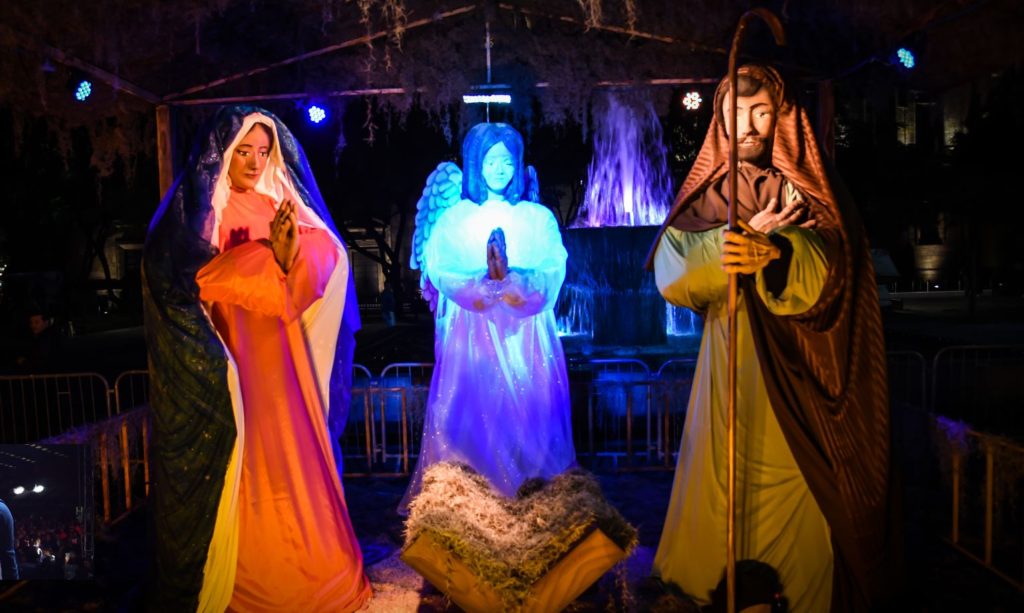
In Mexico, children receive gifts on this day, brought by the three kings, known in Spanish as los Reyes Magos, whose names are Melchor, Gaspar, and Baltazar.
Arrival of the Magi
In the days preceding Three Kings Day, Mexican children write letters to the three kings requesting a toy or gift that they would like to receive.
Sometimes the letters are placed in helium-filled balloons and released, so the requests reach the kings through the air.
Traditionally children would leave out their shoes. When the children would wake up in the morning, their gifts appeared in place of the hay. Nowadays, like Santa Claus, the Kings tend to place their gifts under the Christmas tree.
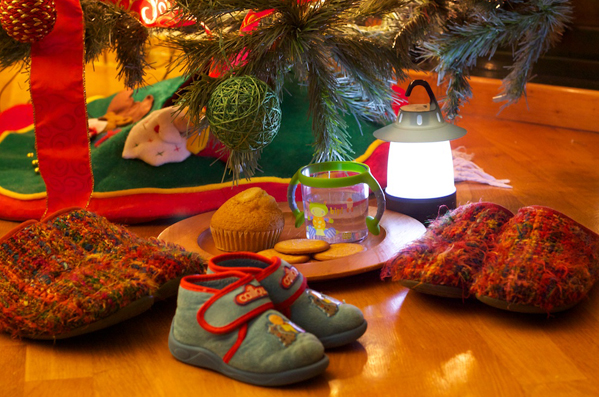
You may see men dressed up as the three kings posing for photos with children in Mexican town squares, parks, and shopping centers.
On the night of January 5th, the figures of the Wise Men are placed in the Nacimiento or nativity scene.
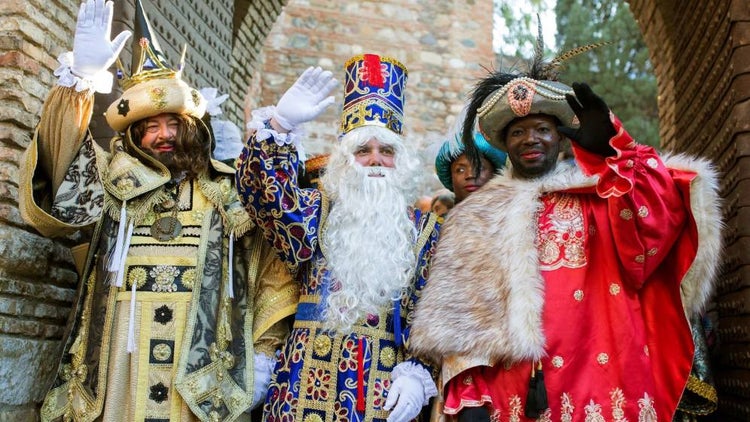
On Kings Day it is customary for families and friends to gather to drink hot chocolate or atole (a warm, thick, usually corn-based drink).
The person who finds the figurine is expected to host a party on Día de la Candelaria (Candlemas), celebrated on February 2nd, when tamales are customarily served.
Read more about this beautiful tradition, learn about its symbolism.
Rosca de Reyes
Is a sweet bread, which is a special food for Three King’s Day.
“Rosca” means wreath and “Reyes” means kings, so a direct translation of Rosca de Reyes would be “Kings’ Wreath”.
The sweet bread is shaped in the form of a wreath and usually has candied fruit on top, and a figurine of a baby baked inside.
Usually, each person cuts their own slice and the one who gets a piece of Rosca with the baby figurine is expected to host a party on Día de la Candelaria, which is celebrated on February 2nd.
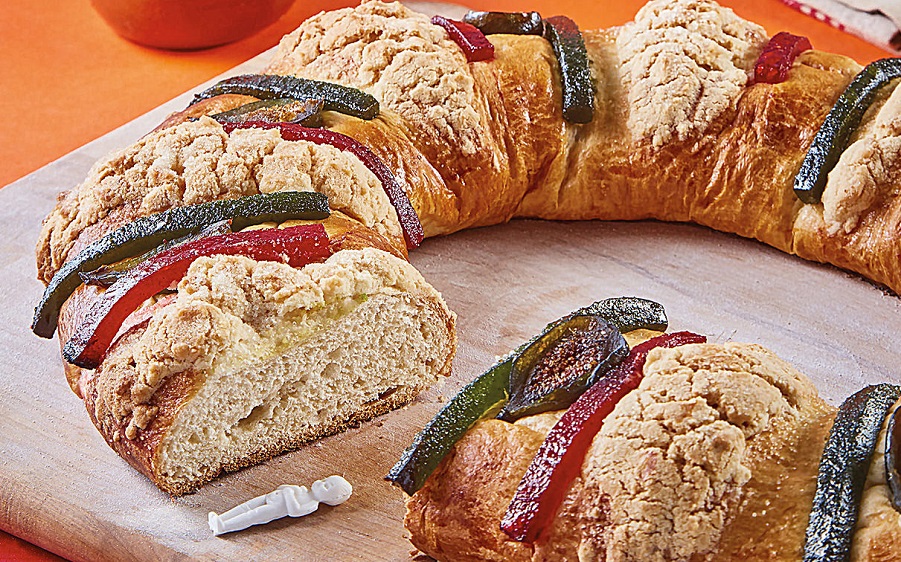
On that day, the traditional food is tamales.
Nowadays bakers tend to put several baby figurines in the Rosca, so the responsibility for making the tamales can be shared among several people.
Symbolism
Refers of the Biblical story of Mary and Joseph’s flight to Egypt to protect the infant Jesus from the slaughter of the innocents.
However, the shape of the Rosca symbolizes a crown, in this case, the crown of King Herod from whom they were trying to hide the infant Jesus.
The dried fruit placed on top are jewels on the crown.
The figurine in the Rosca represents baby Jesus in hiding.
Finally, the person who finds the baby Jesus is symbolically his godparent and must sponsor the party when he is taken to the temple to be blessed, celebrated as Día de la Candelaria, or Candlemas, on February 2nd.
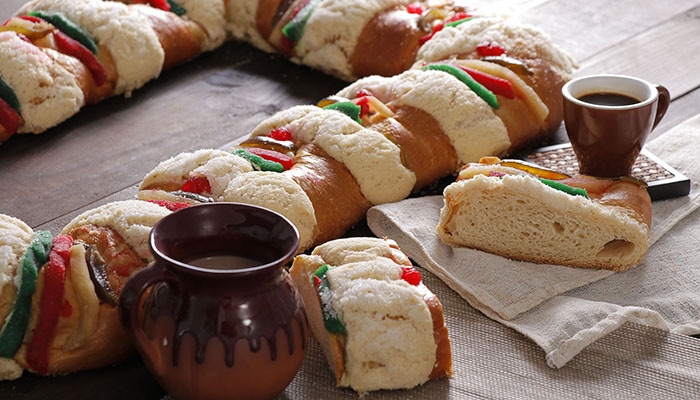
In order to enjoy this magic cellebration please visit Guadalajara at the begining of January to take one the best tours in Guadalajara with Panoramex.
Tamales are usually programed to be serve in a gathering arround February but if you come any time of the year, feel free to ask your tour guide for a Tamale stop on the to Tequila town